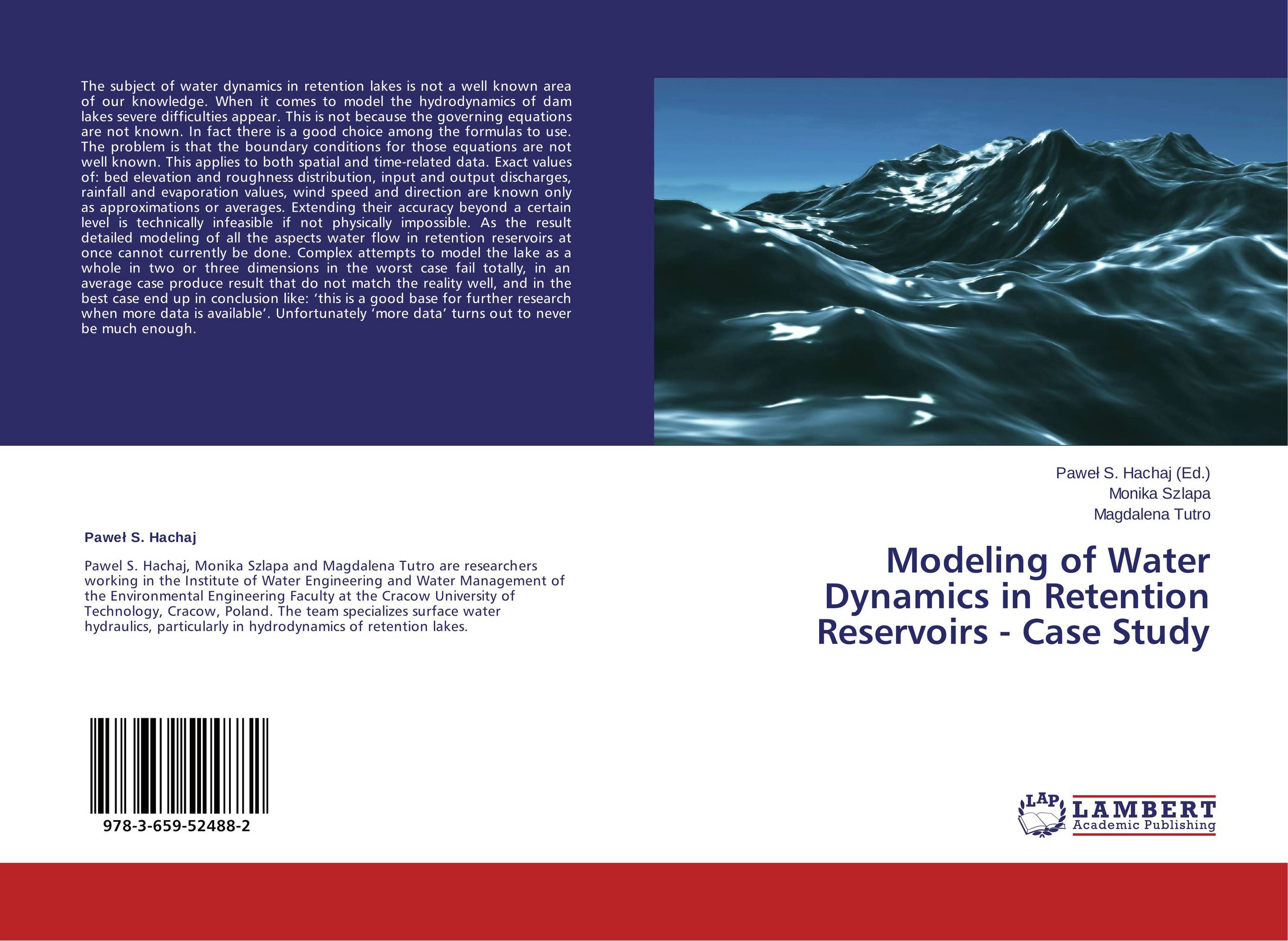| Поиск по каталогу |
|
(строгое соответствие)
|
- Профессиональная
- Научно-популярная
- Художественная
- Публицистика
- Детская
- Искусство
- Хобби, семья, дом
- Спорт
- Путеводители
- Блокноты, тетради, открытки
Modeling of Water Dynamics in Retention Reservoirs - Case Study.

В наличии
| Местонахождение: Алматы | Состояние экземпляра: новый |

Бумажная
версия
версия
Автор: Pawe? S. Hachaj,Monika Szlapa and Magdalena Tutro
ISBN: 9783659524882
Год издания: 2014
Формат книги: 60×90/16 (145×215 мм)
Количество страниц: 80
Издательство: LAP LAMBERT Academic Publishing
Цена: 23578 тг
Положить в корзину
| Способы доставки в город Алматы * комплектация (срок до отгрузки) не более 2 рабочих дней |
| Самовывоз из города Алматы (пункты самовывоза партнёра CDEK) |
| Курьерская доставка CDEK из города Москва |
| Доставка Почтой России из города Москва |
Аннотация: The subject of water dynamics in retention lakes is not a well known area of our knowledge. When it comes to model the hydrodynamics of dam lakes severe difficulties appear. This is not because the governing equations are not known. In fact there is a good choice among the formulas to use. The problem is that the boundary conditions for those equations are not well known. This applies to both spatial and time-related data. Exact values of: bed elevation and roughness distribution, input and output discharges, rainfall and evaporation values, wind speed and direction are known only as approximations or averages. Extending their accuracy beyond a certain level is technically infeasible if not physically impossible. As the result detailed modeling of all the aspects water flow in retention reservoirs at once cannot currently be done. Complex attempts to model the lake as a whole in two or three dimensions in the worst case fail totally, in an average case produce result that do not match the reality well, and in the best case end up in conclusion like: ‘this is a good base for further research when more data is available’. Unfortunately ‘more data’ turns out to never be much enough.
Ключевые слова: Simulation, Finite Element Method, Surface Water, Hydrology, hydraulics, retention lake, water dynamics



